Posts Tagged ‘roof ice steaming’
Tuesday, March 28th, 2017
How Does Eave Style and Construction Method Affect Ice Dam Formation and Severity?
Eave Construction and Heat Transfer
We have discussed the relationship between eave depth and ice dams previously (Case Study #10). Now let’s look into how different construction methodologies affect the likelihood and severity of ice dams in residential and light commercial construction.
For obvious reasons, eaves are a central topic in the world of ice dams. After all, that’s where 98% of ice dams occur, with the other slice of happening in areas including valleys, flat roofs and low pitch roof pans. There is a reason why older homes are affected more by ice dams then newer homes. That relates primarily to the nature of how the eaves are assembled.
Our grandparents didn’t understand the importance of insulation and ventilation as it relates to the eave. (They were busy thinking about wars and famine). In short, there needs to be enough room between the top plate of the wall and the underside of the roof decking to allow for adequate insulation and ventilation. We know that ice dams are created in large part by the escape of heat from the interior, conditioned spaces of a home into areas where that heat is not supposed to be. Namely, it is not supposed to be in the roof cavity next to the roof deck. Homes with less insulation near the eaves are troubled with ice dams far more than those with adequate insulation and ventilation. In Diagram B, we see an example of common eave construction in modern homes. Notice that the distance between the top plate and the roof deck is quite generous. This is commonly referred to as the heel height. In Diagram A, which shows a hand-framed eave, there is virtually no space for insulation or ventilation. Consequently, heat can easily pass from the room below to the roof system, melting the snow above.
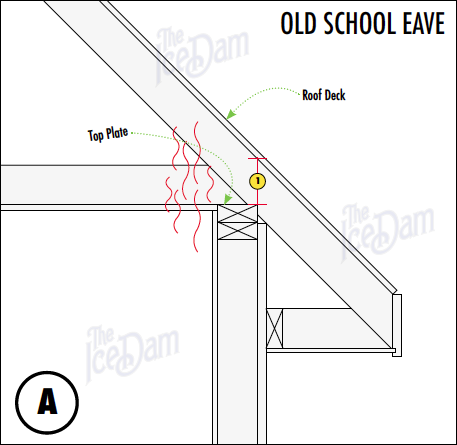
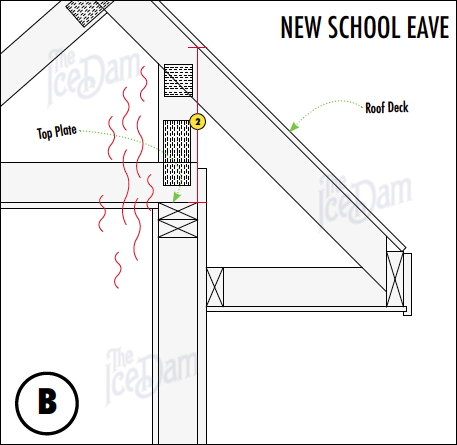
Don’t despair if you have old school eaves. There are options to help prevent or at least minimize the likelihood of ice dam problems in the future. Those can be broken down into two broad categories; Architectural and non-Architectural Solutions. In short, Architectural solutions involve modifications to the thermal performance of the home, including insulation, ventilation and, most importantly, sealing air-leaks into the attic or roof truss cavities. The most effective Non-Architectural solution is simple, cheap and effective. Install a high-quality, self-regulating heat tape system on affected areas.
Ask any experienced residential designer, classic architectural styles are difficult to execute with adequate heel heights. Talented designers can pull it off, but they need to think outside the box. High-end, architecturally refined homes don’t look right with clunky, new construction eaves.
To read more Case Studies click here.
Tags: about ice dams, best ice dam removal in minneapolis, best rated ice dam removal contractor, eave style and ice dam formation, eave style and ice dams, edina ice dam removal, heat tape and ice dams, heat tape ice dam prevention, highest rated ice dam removal company in minneapolis, ice and snow removal, ice dam expert, ice dam removal jerks, ice removal company, minneapolis ice dam removal, roof ice steaming, twin cities ice dam remover
Posted in Ice Dam Heat Tape, Ice Dam Prevention, Ice Dam Removal, Ice Dams, Misc., Ice Dams: General Info, Water Damage | Comments Off on Eave Construction and Ice Dams
Tuesday, December 13th, 2016
Ice Dams on Mansard Roofs Can be a Seriously Big Headache to Remove
Roof Styles Affect Ice Dam Severity
As discussed in Case Study #16, there can be some serious problems if homeowners decide to remove snow from only a portion of the roof plane affected by ice dams. We call it the ‘Double Dam’, which refers to the fact that ice dams can grow much further up the roof when only lower sections of snow are removed (commonly done with roof snow rakes because they can’t reach high enough on the roof).
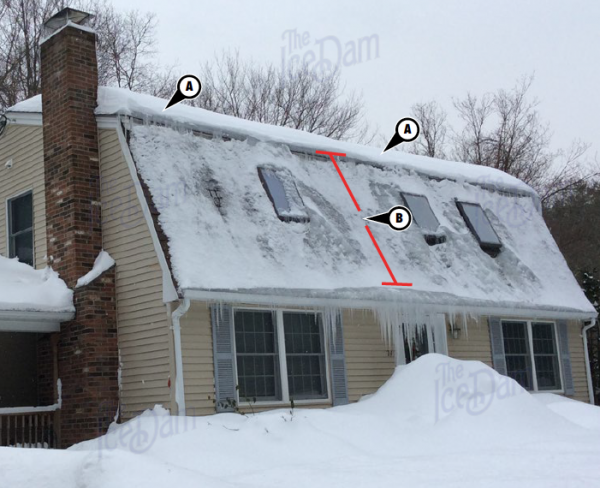
Mansard roofs, such as this one from Edina, Minnesota, can create massive ice dams when the steep pitch (B) is cleared of snow. This is amplified when the slope has directional bias towards the north because the sun will not help melt the ice as it accumulates. In the photo, below, we see two ice dam problems on this Edina mansard roof. The traditional location (A) is exacerbated by the low roof pitch (Case Study #09 explores the relationship between roof pitch, or roof slope, and ice dams). Area B has an ice dam that covers the entire span of the roof slope. This took many hours to remove even with our commercial ice dam steaming equipment.
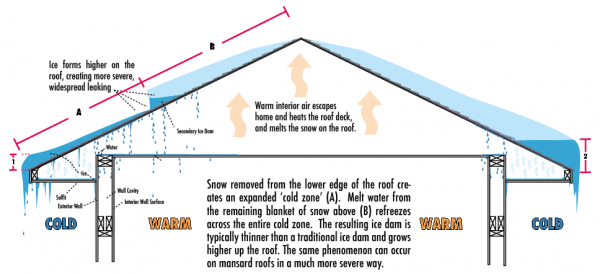
Which Ice Dam Do You Want?
Ice dam #1 is not the one you want. Ice dams like this take hours to remove with steam, which is the most efficient and safe method for removing ice dams. This ice dam is thin but it has grown many feet up the roof. Ice dam #2 is an easier problem to resolve.
To read more Case Studies click here.
Tags: about ice dams, best ice dam removal in minneapolis, best rated ice dam removal contractor, edina ice dam removal, edina ice dam steaming, highest rated ice dam removal company in minneapolis, ice and snow removal, ice dam expert, ice dam heat cable, Ice dam heat tape, ice dam prevention, ice dam removal jerks, identifying an ice dam, is my ice dam bad, mansard roofs and ice dams, relationship between styles of roofs and ice dam formations, removing ice dams with steam, removing massive ice dams, roof ice steaming, roof pitch and ice dam relationship, roof styles and severity of ice dams, twin cities ice dam remover
Posted in Ice Dam Prevention, Ice Dam Removal, Ice Dams, Misc., Ice Dams: General Info | Comments Off on Mansard Roof Ice Dams
Monday, December 5th, 2016
1. Water Damage
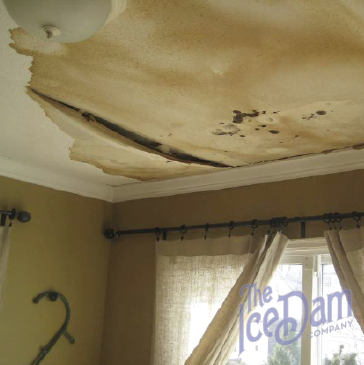
2. Ruined Insulation
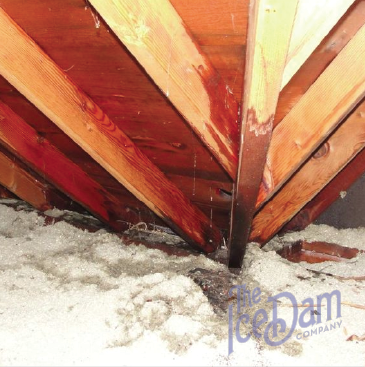
3. Mold and Mildew
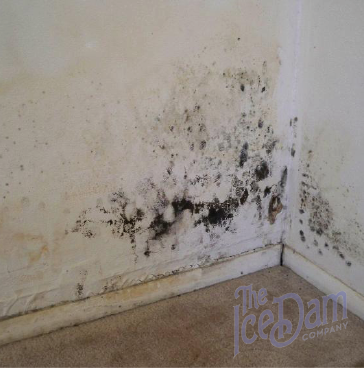
4. Gutter Damage
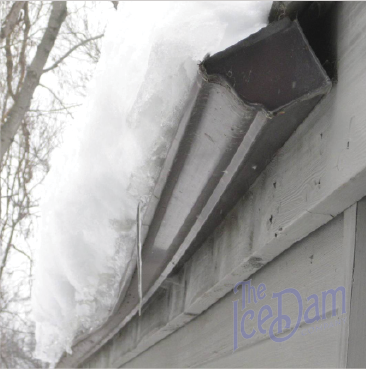
5. Property Damage
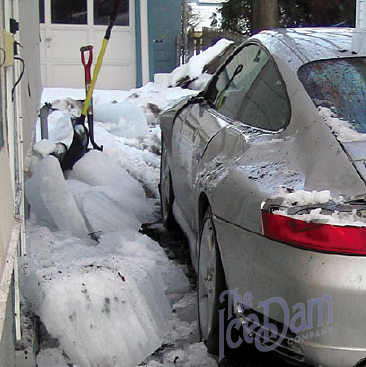
6. Soffit Damage
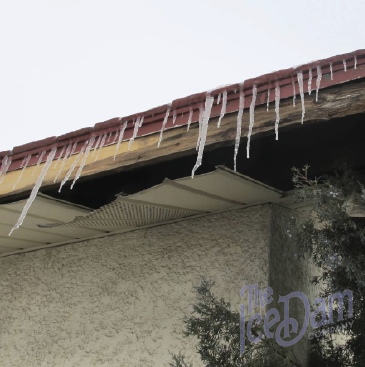
7. Landscaping Damage

8. Falling Ice
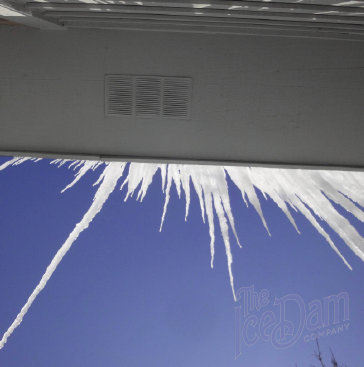
9. Flooring Damage
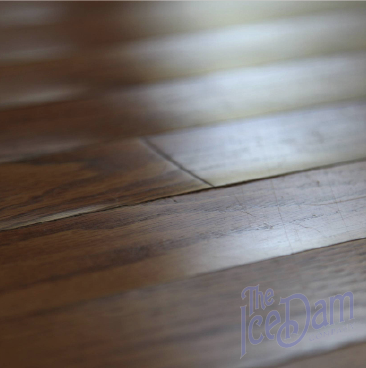
To read more Case Studies click here.
Tags: about ice dams, best ice dam removal in minneapolis, best rated ice dam removal contractor, commercial ice removal, edina ice dam removal, edina ice dam steaming, gutter deicing wire, highest rated ice dam removal company in minneapolis, how do I know I have ice dams, how to file an insurance claim for an ice dam, ice and snow removal, ice dam expert, ice dam removal jerks, minneapolis ice dam removal, orono ice dam removal, roof ice steaming, twin cities ice dam remover, wayzata ice dam removal
Posted in Ice Dam Prevention, Ice Dam Removal, Ice Dams, Misc., Ice Dams: General Info, Water Damage | Comments Off on 9 Common Types of Ice Dam Damage
Tuesday, November 1st, 2016
Steaming Ice Dams is the Fastest, Safest Way to Remove Ice Dams in Minneapolis
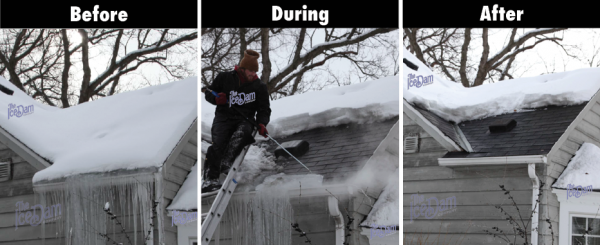
Why Use Steam?
When used properly, a commercial ice dam steamer is the best way to quickly and safely remove an ice dam or other unwanted ice accumulation. Like anything else, it’s possible to use a steamer improperly and damage property. That’s why you should hire an experienced ice removal company. Far more common is damage done to roofs using high temperature pressure washers. Most of our competitors that claim to be using steam are actually using high temp pressure washers. It’s the dirty little secret in our industry. Want to know the easiest way to tell the difference between a steamer and a high temperature pressure washer? If the gun has a trigger, it is NOT a steamer. It’s that simple. More information about Ice Dam Steamers vs High Temp Pressure Washers can be found here.
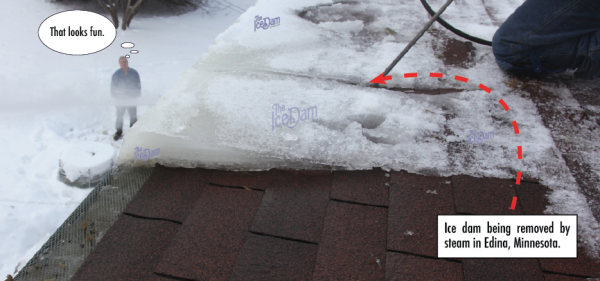
Ice Dam Company is a certified member of IDSAFE : the Ice Dam Steaming Association For Education.

Ice Dam Steaming Association For Education
To read more Case Studies click here.
Tags: about ice dams, best ice dam removal in minneapolis, best rated ice dam removal contractor, edina ice dam removal, edina ice dam steaming, highest rated ice dam removal company in minneapolis, ice dam removal jerks, ice removal company, ice removal professionals, lake minnetonka ice dam removal, minnepolis ice dam removal, orono ice dam removal, roof ice steaming, signs of an ice dam problem, twin cities ice dam remover, wayzata ice dam removal
Posted in Ice Dam Prevention, Ice Dam Removal, Ice Dams, Misc., Ice Dams: General Info | Comments Off on Ice Dam Removal by Steam
Sunday, July 3rd, 2016
The Factors that Determine Ice Dam Removal Cost and Pricing
Ice Dam Removal Pricing
Generally speaking, you can expect to pay somewhere between $300 to $600 per hour for ice dam removal with steam. As much as you may not want to hear this, with over 25 years of experience behind us, we can tell you that the primary driver for ice dam pricing is classic supply and demand. Every market will have a different demand for ice dam removal and a different supply of qualified contractors to perform that work. (See Econ101 from your freshman year for further details). Back to the word “qualified”. There are dozens of companies in the Twin Cities market right now who are using ice picks and hammers and axes to remove ice dams. They normally charge less per hour than ice dam steaming contractors. There are also scores of competitors using high temperature pressure washers and calling them steamers (hint: 2 of the top 3 Google results in Minnesota). Yikes. In the Minneapolis market we profit by following the work of the aforementioned “professionals” by repairing the damage they’ve done each winter with pics and pressure washers. It’s hurts to pay for ice dam removal. It’s extra painful to pay for repairing the damage left behind by losers.

Ice Dam Removal Speed
There are many factors that go into determining how long an ice dam takes to remove:
- Roof height (Higher = More difficult)
- Roof pitch (Steeper = More difficult)
- Snow load (More snow = More time)
- Site protections time (Property under the work area needs to be protected to prevent damage from falling ice and snow)
- Ice dam thickness (Thicker = More time)
- Ice dam depth (The further it has grown up the roof, the longer removal takes)
- Outdoor temps (Colder = More difficult)
- Ethics (Lower ethics = More time spent)
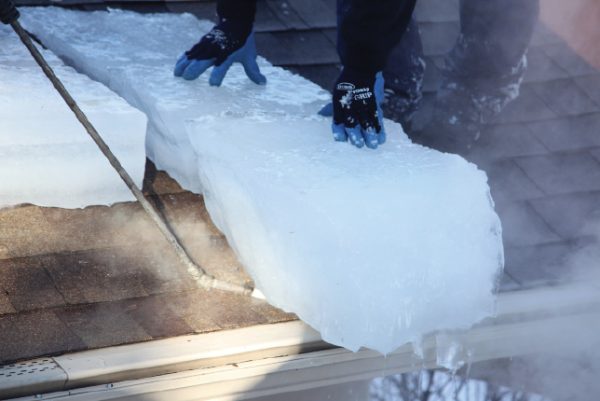
Having two members to the crew is not only important to safety, it is essential for efficiency. One guy cuts and one guy throws the ice chunks.
To Chunk or Not to Chunk
There is a big difference between ice dam removal COST and ice dam removal PRICING. Pricing is what one typically pays per hour for the work to be performed. Cost relates to how long it takes to do the job. In our list of the 8 factors that determine ice dam removal cost, #8 is the most important. That’s what the photos in this case study are meant to illustrate. Ethical ice dam removal guys do it like shown and they use steam, not high temperature pressure washers. It’s called ‘chunking’. The idea is simple. Use the steamer to cut the ice dam into chunks that can be picked up and thrown off the roof. Cutting ice is the part of the job that takes the longest. Add to cutting time, add to the job cost. The alternative is to use the steamer-or pressure washer if you’re totally smarmy-to methodically melt away ALL of the ice from the roof, one square inch at a time. As shown here, one only needs to actually melt about 5-10% of the ice in order to remove the ice dam. Make slots and undercut. It’s that simple. What the less ethical players do is also simple. Melt all of the ice, milk the clock and watch the dollars add up.
To read more Case Studies click here.
Tags: about ice dams, best ice dam removal in minneapolis, best rated ice dam removal contractor, commercial ice removal, edina ice dam removal, edina ice dam steaming, highest rated ice dam removal company in minneapolis, ice and snow removal, ice dam expert, ice dam removal jerks, ice removal company, minneapolis ice dam removal, roof ice steaming, twin cities ice dam remover
Posted in Ice Dam Prevention, Ice Dam Removal, Ice Dams, Misc., Ice Dams: General Info | Comments Off on List of Ice Dam Removal Cost Factors
Monday, December 22nd, 2014
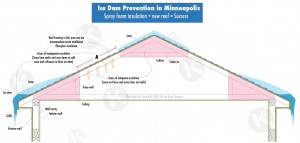
Attic insulation contractor addresses ice dams with new insulation in Edina
Using the words ‘ice dam prevention’ in Minneapolis is a dangerous gamble. It’s true that with certain efforts one can greatly reduce the chances of getting ice dams, it is almost impossible to prevent them altogether. For example, we can do a top quality insulation and ventilation retrofit on a Minneapolis attic only to be thwarted by the fact that the homeowner likes to keep the attic at 90 degrees in the winter. That is a formula for ice dam disaster in Minnesota. There are a number of methods to employ in preventing ice dams (or reducing their severity, in some cases). Here are links to two such approaches used by our sister company, Kuhl’s Contracting, a nationally recognized ice dam prevention company.
Approach to ice dam prevention in Minneapolis #1
Approach to ice dam prevention in Minneapolis #2
Homeowners looking to fix or at least minimize the risk of ice dams in Minnesota are wise to look at the key contributing factors that spawn ice dams. Those are, the weather, insulation, ventilation, air leaks, personal lifestyle and home architecture. We are frequently successful in reducing and/or eliminating ice dams through the use of high performance spray foam insulation systems in combination with enhanced attic ventilation.
Here is another helpful link on the topic of home insulation and ice dam prevention in Minneapolis
Tags: about ice dams, best ice dam removal in minneapolis, best rated ice dam removal contractor, commercial ice removal, construction site ice removal, edina ice dam removal, how to file an insurance claim for an ice dam, ice and snow removal, ice dam expert, ice dam removal jerks, Ice dam Steaming, ice removal company, ice removal from concrete, ice removal professionals, minneapolis ice dam removal, orono ice dam removal, roof ice steaming, signs of an ice dam problem, wayzata ice dam removal
Posted in Ice Dam Prevention, Ice Dams, Misc. | Comments Off on Minneapolis Ice Dam Prevention
Thursday, December 18th, 2014
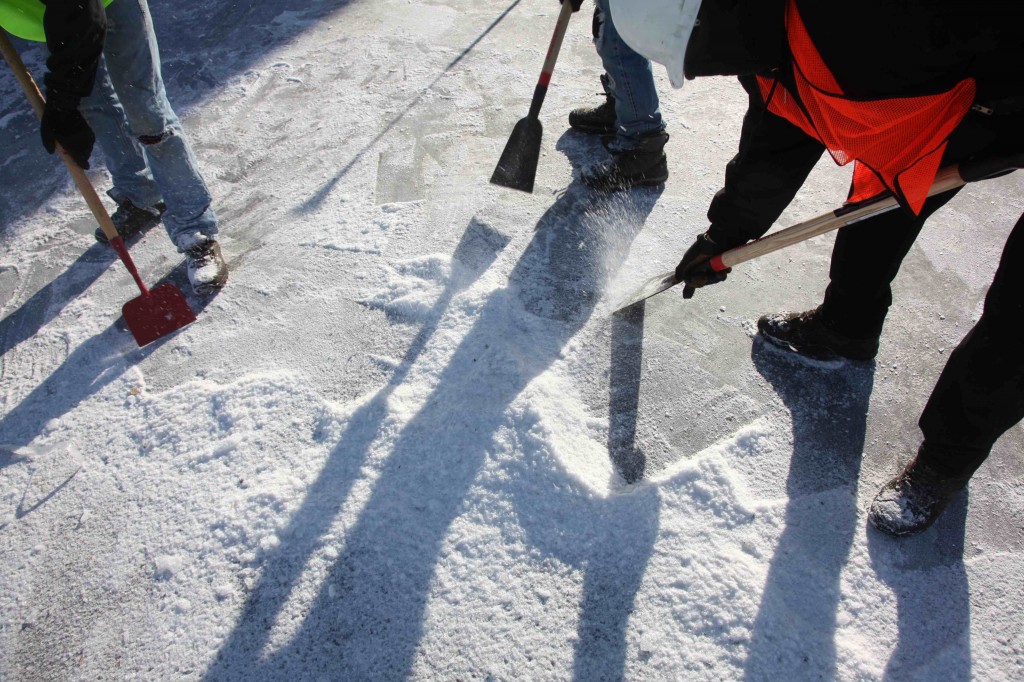
construction site ice removal, commercial ice removal, ice accumulation removal minneapolis, ice dam company
We have been called by property managers and builders to remove ice from a number of odd areas in Minneapolis over the years. Heck, we have even removed ice during the summer around cooling condensers at a chemical plant. While we frequently use our high-end steamers for the removal of ice, sometimes they are simply not appropriate. Such was the case on a recent job at a hotel under construction. A thin layer of ice had built up on the surface of a concrete floor that was perfectly flat…and huge. Using steamers in this application would have possibly resulted in making the problem worse by adding more water to the situation. While our steamers don’t generate much water, any time you melt ice, water is the result. Hence, my concern was that we would create a big mess. I suggested that we go old-school on this challenge. I sent three of my guys out there to hack and chip the ice with shiny, new scrapers. The resulting ice chips were simply blown and swept off the concrete, allowing the project carpenters to follow closely behind and lay out the wall framing without concern. It’s a low tech solution but sometimes that is what’s best.
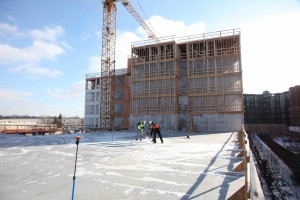
Ice removal minneapolis commercial ice removal from flat surface
Tags: about ice dams, best ice dam removal in minneapolis, best rated ice dam removal contractor, commercial ice removal, construction site ice removal, edina ice dam removal, how to file an insurance claim for an ice dam, ice and snow removal, ice dam expert, ice dam removal jerks, Ice dam Steaming, ice removal company, ice removal from concrete, ice removal professionals, minneapolis ice dam removal, orono ice dam removal, roof ice steaming, signs of an ice dam problem, wayzata ice dam removal
Posted in Ice Dams, Misc. | Comments Off on Commercial ice removal in Minneapolis
Thursday, January 20th, 2011
Okay, I have have seen it all now. I’ve kept quiet for the last two years but I can’t do it any longer. I just spoke with a woman whose roof was scarred up by a ‘professional’ using a ‘steamer’. The only catch was that the guy wasn’t using a steamer; it was a pressure washer . A number of companies are using high-temperature pressure washers instead of steamers to remove ice from homes. At first glance it might sound like a distinction interesting only to ice geeks. But alas, it is a pretty big deal. In short, pressure washers rely on pressure to remove ice (go figure), not on heat. ‘High-Temperature’ pressure washers operate at slightly higher temperatures than a typical water heater (120-170 degrees). A steamer is an entirely different machine. It converts cold tap water into true steam, which can only be achieved at 250 to 300 degrees. Again, why care? In short it comes down to the fact that steam remove ice much, much faster than high-pressure water. This translates in to time and money (less of both if you use a steamer). Steamers are not only the fastest choice, they are the safest. It doesn’t take a genius to understand that using high-pressure water near frozen roofing materials may not be the best plan. Invariably, regardless of the user, such machines strip off the granules on asphalt composite shingles. This voids manufacturers warranties and it reduces the lifespan of the shingle.
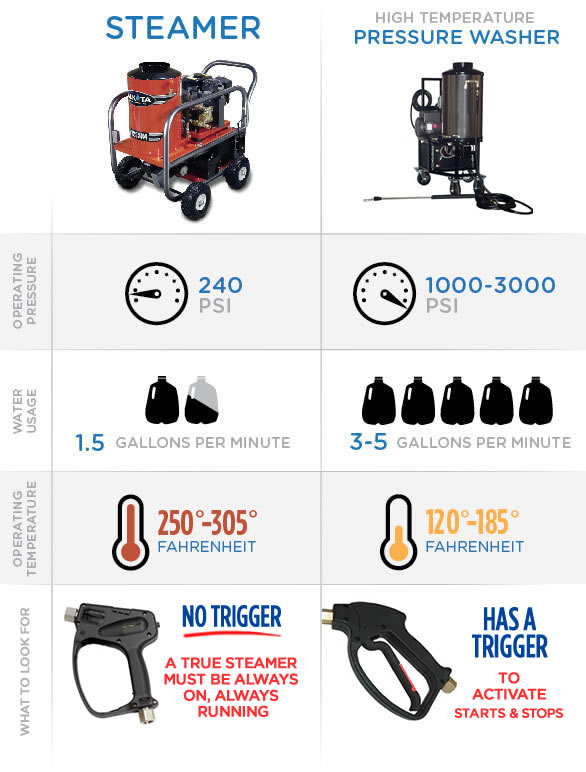
We own three high-temp pressure washers but would never consider using them to cut ice. To the average dude they don’t look much different than a steamer. Use one to cut ice and the difference becomes clear right away. For this reason, conscientious, ethical contractors use actual steamers. Besides The Ice Dam Company, there are a number of outfits in town that use true steamers, including Garlock-French and Absolutely Clean Window Washing. I’ve been around this industry for over 20 years and I have never heard a complaint about those shops. My point is, no matter who you hire to remove your ice, make certain their machinery is as advertised. It must be running at a minimum of 250 degrees over the entire course of the job to function safely and efficiently.
Here’s a great image taken by out friend Reuben Saltzman of Structure Tech, showing what kind of damage a pressure washer can do to an asphault roof when it’s used to remove an ice dam:
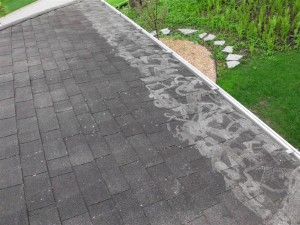
Oops.
Tags: edina ice dam steaming, Ice dam removal, ice dam removal jerks, minnetonka ice dam steaming, orono ice dam removal, roof ice steaming
Posted in Ice Dam Removal | Comments Off on Steaming Ice Dams: Loser alert.




























